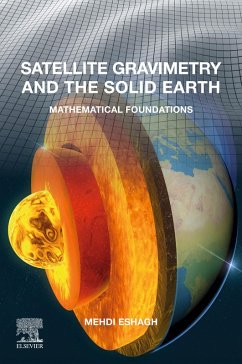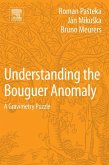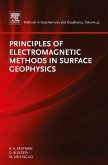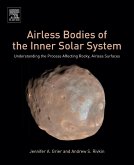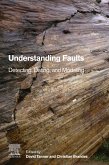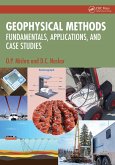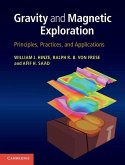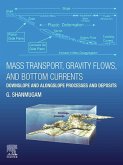Satellite Gravimetry and the Solid Earth: Mathematical Foundations presents the theories behind satellite gravimetry data and their connections to solid Earth. It covers the theory of satellite gravimetry and data analysis, presenting it in a way that is accessible across geophysical disciplines. Through a discussion of satellite measurements and the mathematical concepts behind them, the book shows how various satellite measurements, such as satellite orbit, acceleration, vector gravimetry, gravity gradiometry, and integral energy methods can contribute to an understanding of the gravity field and solid Earth geophysics. Bridging the gap between geodesy and geophysics, this book is a valuable resource for researchers and students studying gravity, gravimetry and a variety of geophysical and Earth Science fields. - Presents mathematical concepts in a pedagogic and straightforward way to enhance understanding across disciplines - Explains how a variety of satellite data can be used for gravity field determination and other geophysical applications - Covers a number of problems related to gravimetry and the gravity field, as well as the effects of atmospheric and topographic factors on the data - Addresses the regularization method for solving integral equations, isostasy based on gravimetric and flexure methods, elastic thickness, and sub-lithospheric stress
Dieser Download kann aus rechtlichen Gründen nur mit Rechnungsadresse in A, B, BG, CY, CZ, D, DK, EW, E, FIN, F, GR, HR, H, IRL, I, LT, L, LR, M, NL, PL, P, R, S, SLO, SK ausgeliefert werden.

